They affect your car’s handling, ride, braking and safety. But most people don’t give much thought to them.
Eighty-three percent of drivers aren’t “tire smart” (i.e., they don’t know how to properly check tire pressure), according to a 2015 survey from the Rubber Manufacturers Association (RMA).
You may be thinking, Tires haven’t changed since I bought my first set. Wrong! Since they carry you and your car around on the road, taking proper care of them is one of the most important safety factors that also happens to be the most overlooked. Here, we deflate the top five tire myths to make sure you know your way around on four wheels.
Myth #1: All Cars Come With Spare Tires
This used to be standard, but not anymore. For space-saving reasons and fuel efficiency, approximately one in three new cars don’t come with a spare tire in the trunk. Instead, you’ll get a “temporary mobility kit” with a tire sealant and a tire inflator or run-flat tires, says Maryland-based master mechanic and automotive radio show host, Pat Goss. If your tire is punctured, apply the sealant through the valve stem then use the inflator to re-inflate it, he explains. The downside? If the damage is more severe than a tiny hole (think nail size), the mobility kit probably isn’t going to cut it and you’ll have to be towed (GEICO’s mobile app makes it a cinch to request emergency roadside assistance.). Go check your trunk now, so you’re not surprised in an emergency.
Myth #2: The Correct Tire Pressure Is Listed On The Tire Sidewall
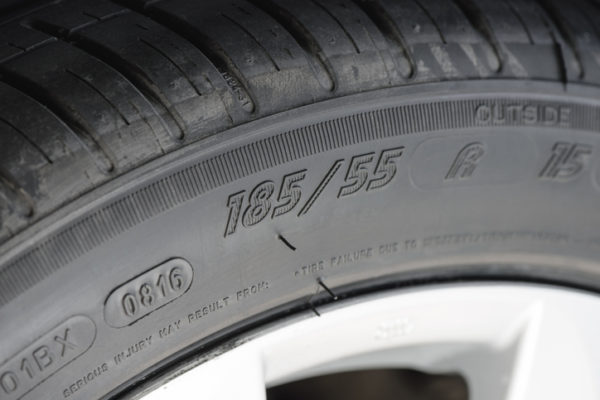 Half of all drivers believe this is where you should look to find out the ideal tire inflation pressure number. But these numbers actually tell you what size and kind of tire you have as well as the maximum cold inflation PSI the tire is rated for—not the recommended pressure for your vehicle. That information is actually listed on a label inside the vehicle’s driver-side door or in the owner’s manual.
Half of all drivers believe this is where you should look to find out the ideal tire inflation pressure number. But these numbers actually tell you what size and kind of tire you have as well as the maximum cold inflation PSI the tire is rated for—not the recommended pressure for your vehicle. That information is actually listed on a label inside the vehicle’s driver-side door or in the owner’s manual.
Myth #3: A Tire-Pressure Monitoring System (TPMS) Ensures That Your Tires Are Always Good To Go
A tire-pressure monitoring system electronically tracks and displays tire pressure via a gauge, pictogram display or a warning light on your vehicle’s dashboard. “These have lulled most drivers into believing that if the warning signal is off, everything is fine,” says Goss. Since a signal is only triggered when tires lose 25 percent of their inflation pressure (aka “dangerously low” tire pressure), you could be driving on tires that are underinflated enough to cause unnecessary wear, waste fuel and in some cases, decrease cornering ability while increasing stopping distances. Goss advises that you should check tire pressure every 30 days the old-fashioned way: manually, with a tire pressure gauge. (Need a refresher? Watch this quick how-to video on how to check your tire pressure.)
Myth #4: You Should Rotate Your Tires About Once A Year
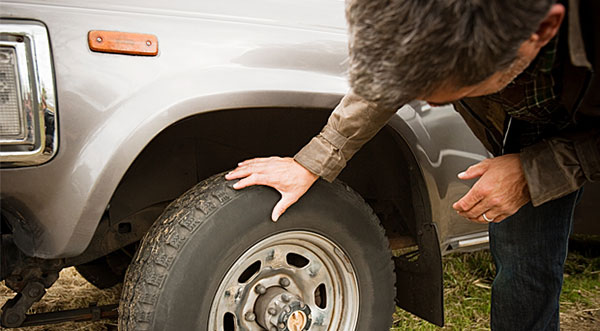 Not exactly. Tire rotation should be performed every 5,000 to 8,000 miles, which also coincides with the typical oil change recommendation. So the easiest way to ensure this happens is to get both done at the same time, says Goss. Another way to keep track? “Most cars today have dual trip meters, so you can set one trip meter to zero when the oil is changed or the tires are rotated and wait for it to reach the desired miles,” says Goss.
Not exactly. Tire rotation should be performed every 5,000 to 8,000 miles, which also coincides with the typical oil change recommendation. So the easiest way to ensure this happens is to get both done at the same time, says Goss. Another way to keep track? “Most cars today have dual trip meters, so you can set one trip meter to zero when the oil is changed or the tires are rotated and wait for it to reach the desired miles,” says Goss.
Myth #5: Never Continue Driving If You Experience A Flat
Run-flat tires—which let you keep driving after a puncture so you can make it to an auto shop—are becoming more popular. “Many manufacturers are using them because the additional cost of four run-flats is less than the cost of a spare tire, wheel and jack,” says Goss. Run-flats vary as to how far they can be driven and at what speed, but generally speaking they can be driven for up to 50 miles at a reduced speed (usually about 50 miles per hour), he explains. You can tell if your car has run-flats by looking inside the driver’s door, in your owner’s manual or checking the tire sidewall for one of the following codes: RFT, DSST, ROF, RFT, EMT, XRP, ZP or ZPS.
Have more tire questions? Here are 5 signs you need new tires.
Knowing your way around your tires is one thing, but being truly streetwise means having dependable insurance that won’t cost you an arm and a leg. Get a fast, free auto insurance quote from GEICO to see how much you could save.
By Nicole Cherie Jones

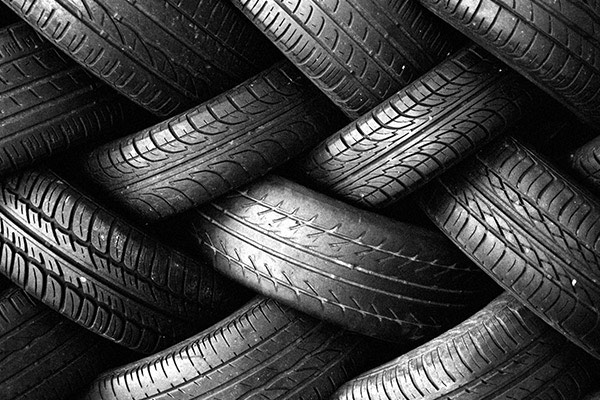


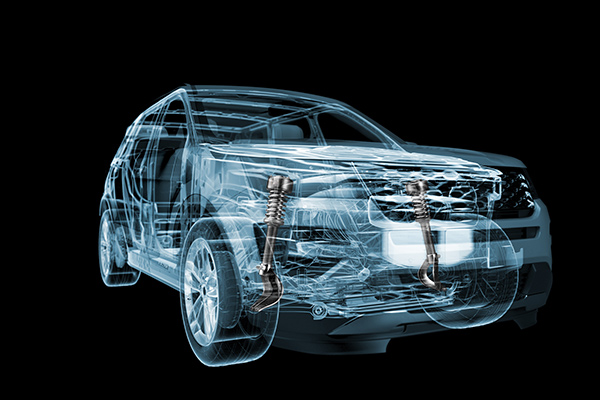
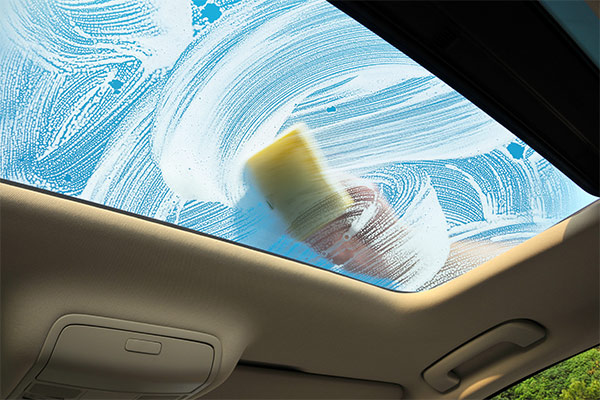
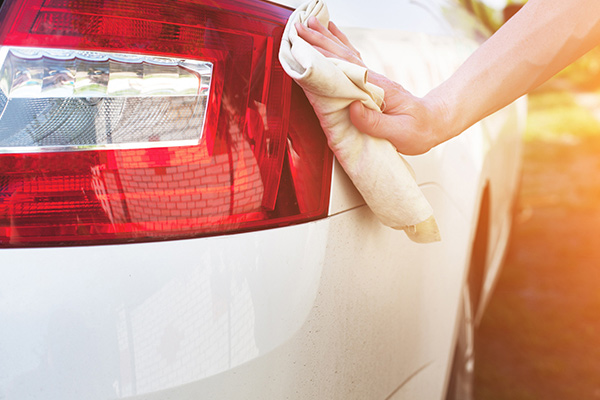
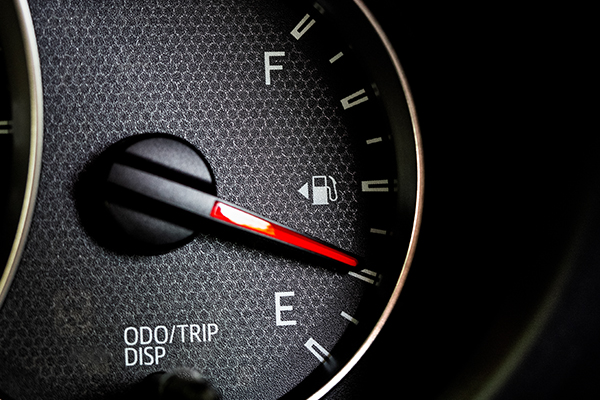
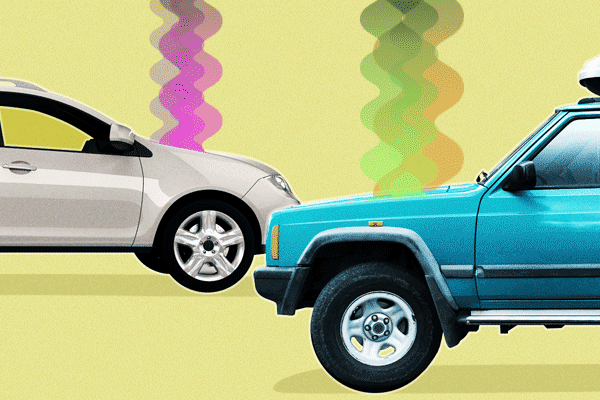
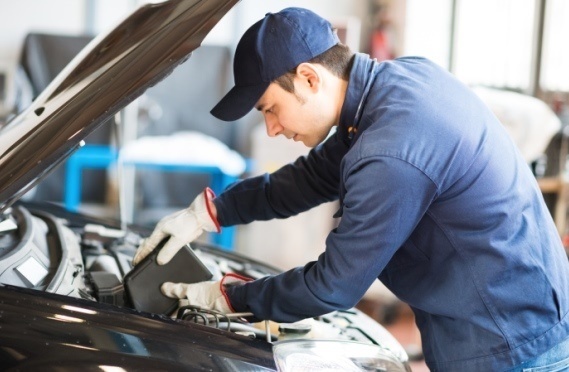
RICHARD KELLER says,
If your car uses directional tires, they are designed to rotate only in one direction (depends upon tread design) and must be kept on the same side of the car during tire rotation.
Jesn f jeanf says,
Tires always. 5
Pat Papas says,
Great tire info update! Thank u.
Manimal says,
Things can get a little more complicated if you change your vehicle weight or decide to get larger or smaller tires or tires that have stiffer or softer sidewalls. The door jam will give you recommended pressure for stock vehicle weight and stock tires(or equivalent replacements).
Google “tire chalk test” for best results, in my opinion.
John Pekar says,
I generally run 3 to 4 lbs. over recommended door tire pressure. Have used several different gauges so error is not factor. Most recommended pressures are for softer ride and do not give best wear , handling or fuel mileage. Keeping eye on how tires wear will help you decide best pressure for your style of driving.
Jim Ostrander says,
I like informative e-mails and commentary like this. I have a few suggestions that could save Geico (a lot of) money, Where do I send them?
Jim Ostrander says,
Correct. Watch the tire wear and adjust tire pressure to get better tire life and reduced tire wear. Almost every worn tire has center tread left while the edges are warn thin. This usually means tires have been run under-pressurized, on average. The optimum tire pressure can be closer to the max rated pressure than the manufacturer’s rating, particularly if the vehicle is loaded with people or cargo. The exception is when riding on rough, unpaved roads for long distances at reduced speeds, where the reduced pressure and speed reduces the likelihood of tire damage. Michelin has such information but you might have to call them to get it.
Doug says,
I agree with you. The tire mfg.pressure will give you longer wear,with a slightly harsher ride.
John Pekar says,
Alot of cars are now all wheel drive and use anti skid systems. They do not like different tire sizes and can cause handling problems as well as damage systems. That is why sealant and run flat tires will probably be the normal. Spare tires are thing of the past.
A. Murphy says,
I would agree with you here, except if you buying a new car knowing this will help you to know you should purchase a comparable stock rim as well as a matching tire. If you ever have had to deal with those sealants inside of tires you would understand. Chances are we gonna tell you that a new tire is gonna have to be purchased. Save yourself the time, buy a matching spare.
Nick Wimble says,
Use the tire pressure recommended by the TIRE COMPANY, if you expect the tire company to stand by their warranty …….Never saw a door well plate that did not say 32psi, most newer tires run better, last longer, and get better mileage at the tire company’s (higher) pressure recommendations. Run truck or SUV tires at 32psi, when the tire is rated for 45-50psi, and you will be lucky to get 50K out of a 90K set of tires….
Chris says,
Read the sidewall and you’ll see the tire lists MAX pressure, not recommended pressure.
Manimal says,
correct, and I would never run tires at MAX pressure. You would be at the upper limits of what the tire manufacturer deems safe. Also, think about how much surface area the tread has with the road surface. With max pressure you will have a smaller footprint and less traction. This is why offroaders air down their tires for more traction. 15, 10 psi or less depending on conditions(disclaimer, don’t do that on pavement).
Stvev says,
I have a 2013 Ford I have 69,000 miles on my car changed Only two tires because of tire damage and I recommended tire pressure on the side door and also change only the rear brakes at 50,000 still cannot believe I have 68,000 miles and still going on the front brakes
Stvev says,
PS. It is a 2013 Ford Fusion
howard says,
FYI!!!! While on a visit to Michigan a few years ago I hit a nasty pothole, bending the wheel, no sealant would have repaired that mess. I would never consider a spareless car after that experience
jpf says,
TPMS is a good indicator. I don’t know of ANY car that waits until you’ve lost 25% of your pressure to notify you. I wouldn’t trust any advice Goss gives out.
Daniel Wilson says,
Actually 25% pressure loss is the standard set by NITSA as part of the TREAD Act which was a result of the Firestone/Ford recall in 2000. It’s in the regulatory rules, not an opinion by him, don’t know him or care but it’s fact so you should check them because most don’t and then blame everything but themselves when there’s a failure or bad wear.
Jesn f jean says,
Tires always
AJ says,
Very useful info !
Ruby Berger says,
I don’t care about how it affects the Drive. What brands will last the longest?
JP says,
I wouldn’t even think of putting anything on my vehicles but Michalin. I’m on my 3rd set on my Tundra, the first two sets each lasted 90k miles.
B D says,
Michelin is over priced and over rated
Look for the pro-rated miles that are listed by the manufacturer. The higher the mileage the longer they last.
BUT THAT DOES NOT MATTER IF YOU DO NOT ROTATE YOUR TIRES AND KEEP YOUR CAR ALIGNED. At least once a year, but you should do it 2 times a year if you do a lot of driving . It does not take much to wear out edges of tires, if you do not maintain them
Jim Ostrander says,
Tires have always been a difficult product to shop for. Most people have no idea what they are buying when it comes to tires. Michelin (and BF Goodrich, owned by Michelin), make some very good tires, but they are not the only tire manufacturer that makes excellent tires. Continental’s “True Contact” is one of the best touring tires on the market, right up there with the Michelin Defender, at a considerably lower price.
I replaced a set of Hankook 727’s with a set of True Contacts on a Chrysler Pacifica. These tires noticeably improved steering response and vehicle handling.
The best place I know for tire information for the average person is tirerack.com. They have several company-owned vehicles they use to test and rate what they sell, and have an extensive database of user comments on individual tires. They also have a “tires 101” section that offers considerable information on tires and their usage. If you want to know a little more about what you are buying and what you are likely to get for your money, look at this website before you buy.
LR says,
The higher mileage rating means a harder rubber compound. That translates to less traction. I will tack the softer Michelin. It will be there when you need it the most.
Stvev says,
Also on my Fusion at 69,000 I have yet to have an alien ment on the front I bring me car for 3yrs strictly to Ford and they keep telling me I do not need any of this I think I have a Freak “” but I sure am glade Ps I am a salesman and do a lot of miles and think this is the best deal I have had in 30yrs
Joe says,
Michelins are the best tire out there. Had a set last me over 110k miles. Goodyear on the other hand. Worst tire out there. 25k on a set of Goodyear’s shot. Done. Gone.
Cooper is a great replacement for Goodyear if you can’t afford Michelin’s
Garry Applegate says,
I had a set of Michalins on a brand new car and had nothing but T-R-O-U-B-L-E
with them!!! Wouldn’t keep proper pressure made the car hard to drive and wet
pavement was a no no.
At 20k miles I had them removed and had a set of Good Years put on. It was like I went out and purchased a different car!
I really wonder if they were Michalin knock offs if there is such a thing?
Doris Long says,
My car do not have a spare!! I have being trying find a rim for my car so I can have spare tire!!! I look everywhere!!! What do I do?
Larry Kraus says,
Unless you have a REALLY exotic car go to a tire store. They should be able to order you a steel wheel making sure of correct diameter offset lug bolt size number and mounting bolt circle. There is usually a wheel available for ANY car out there and then simply have them mount correct tire for you. I had a good used tire mounted on a steel wheel for mine. Larry Kraus
Pierre says,
Partsgeek.com
Paul Bianchini says,
Consider a junkyard. Even if it doesn’t match it just has to bolt on without scraping. And balance your spare. Spend the money. uautopull or pullapart , have cheap parts. Craigslist or letgo.com also. Good luck
Mrs. P Beumberg says,
Intend to have tires rotated in a week or two. Not sure of last rotation, but it was prior to 2015 with only 18,000 miles driven on 2012 Buick LaCross.
Scott says,
Thank you for the info on tires (especially in the winter months). I started driving 20 years ago and appreciate how repair shops rotate the tires.
My car does not have a TPMS system but I will let the motor company know about it.
Hany Masoud says,
Good info